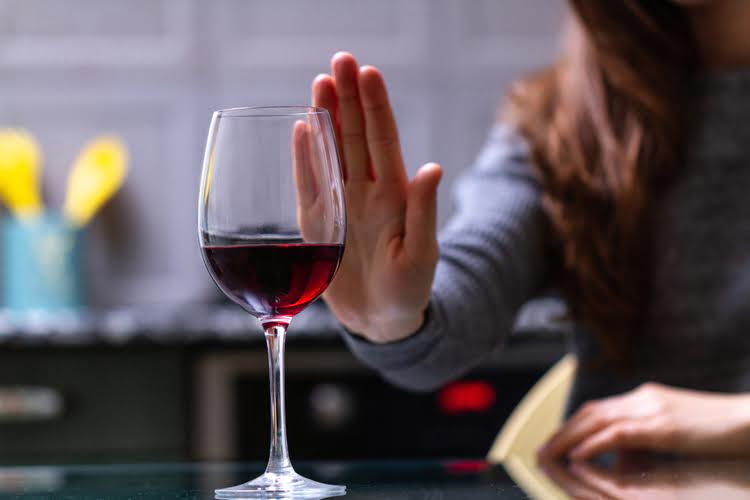Additionally, medications are used to help people detoxify from drugs, although detoxification is not the same as treatment and is not sufficient to help a person recover. Detoxification alone without subsequent treatment generally leads to resumption of drug use. While relapse is a normal part of recovery, for some drugs, it can be very dangerous—even deadly.
- One troubling question is whether this pattern — multiple relapses leading to eventual recovery — will continue now that more street drugs are contaminated with the deadly synthetic opioid fentanyl.
- It is now well known that the repetition of rewarding behaviors produces changes in brain function and structure that facilitate habits and, for some, sustained compulsivity and addiction.
- The self-help support group message is that addiction is an ongoing disorder with a danger of relapse.
How can I find a clinical trial for substance use and co-occurring mental disorders?
Information about resources such as data, tissue, model organisms and imaging resources to support the NIMH research community. The Division of Intramural Research Programs (IRP) is the internal research division of the NIMH. Over 40 research groups conduct basic neuroscience research and clinical investigations of mental illnesses, brain function, and behavior at the NIH campus in Bethesda, Maryland. Find Support is an online guide that helps people navigate through common questions when they are at the start of their journey to better behavioral health.

Supportive policies

Like other complex illnesses and disorders, addiction is multifactorial, resulting from a combination of genetic, social, psychological, and environmental forces. Special Topics and Resources presents a bank of important topics and additional resources for those in recovery, families, and individuals wanting to learn more about substance use disorder recovery. “This is a once-in-a-lifetime chance for people who have been destroyed by this public health crisis,” she said. These include Ozempic and Wegovy, which are FDA-approved for diabetes and weight loss.
- Taking action is a very important step in the substance abuse recovery process, and it is one in which it’s important to have support as you make changes.
- The processes of neural plasticity and neural toxicity that deeply entrench the behaviors of substance use in the brain can make those behaviors difficult to change.
- And one measure of a comprehensive substance abuse treatment program is the help it offers to enrollees to identify their interests and find and build a meaningful career path.
- A mental health professional can help you cope with some of the challenges you’ll face on your path to sobriety.
- While 22% of patients with opioid use disorder receive medications to treat it, the rate of medication treatment for alcohol use disorder is much lower.
- However, RHS staff also reported that students experienced peer pressure to engage in alcohol and drug use and risky behavior during social outings.
Clinical Research
I am optimistic that our existing medications can reach more people with this condition, that we can better target these medications to the patients most likely to benefit from them, and that new effective medications are on the horizon. Many effective treatments exist for alcohol use disorder, including psychotherapy, peer support groups such as Alcoholics Anonymous and SMART Recovery, and medications. I’m a clinical psychologist and neuroscientist, and for the past 15 years, https://thefloridadigest.com/top-5-advantages-of-staying-in-a-sober-living-house/ my research has focused on evaluating medications for alcohol use disorder. A study of 17 recovery high schools found that most had small and rapidly changing enrollments, ranging from 12 to 25 students. Rates of abstinence from “all alcohol and other drugs” increased from 20 percent during the 90 days before enrolling to 56 percent since enrolling. A rigorous outcomes study is nearing completion that will give a better idea of the impact of recovery high schools.
Chapter 1—Introduction to Recovery From Problematic Substance Use
In 2010, SAMHSA rolled out Recovery Supports as one of its Strategic Initiatives, highlighting the importance of recovery as a valuable component in the continuum of care. Directly following the establishment of the Recovery Support Strategic Initiative, SAMHSA developed a five-year Top 5 Advantages of Staying in a Sober Living House technical assistance contract to support recovery, known as BRSS-TACS (Bringing Recovery Supports to Scale – Technical Assistance Center Strategy). For many people with a substance use disorder, it’s simply a matter of never having learned the appropriate way to manage anger.
- Determining whether the increases in recovery capital are sustained over time, and whether RCC users’ quality of life improves as a result.
- Employers should consider creating a Workplace Supported Recovery (WSR) program to prevent substance use, reduce stigma, and encourage recovery.
- Lack of referral options and counseling resources because of behavioral health workforce shortages.
- The hard work of obtaining, paying for, and using substances becomes all-consuming [37, 47].
- This may involve reckless behaviour that is often incomprehensible to other people and may lead to stigma and shame [16, 18, 48].
Some Evolving and Emerging Entry Points for Treatment
Build Healthy Relationships
